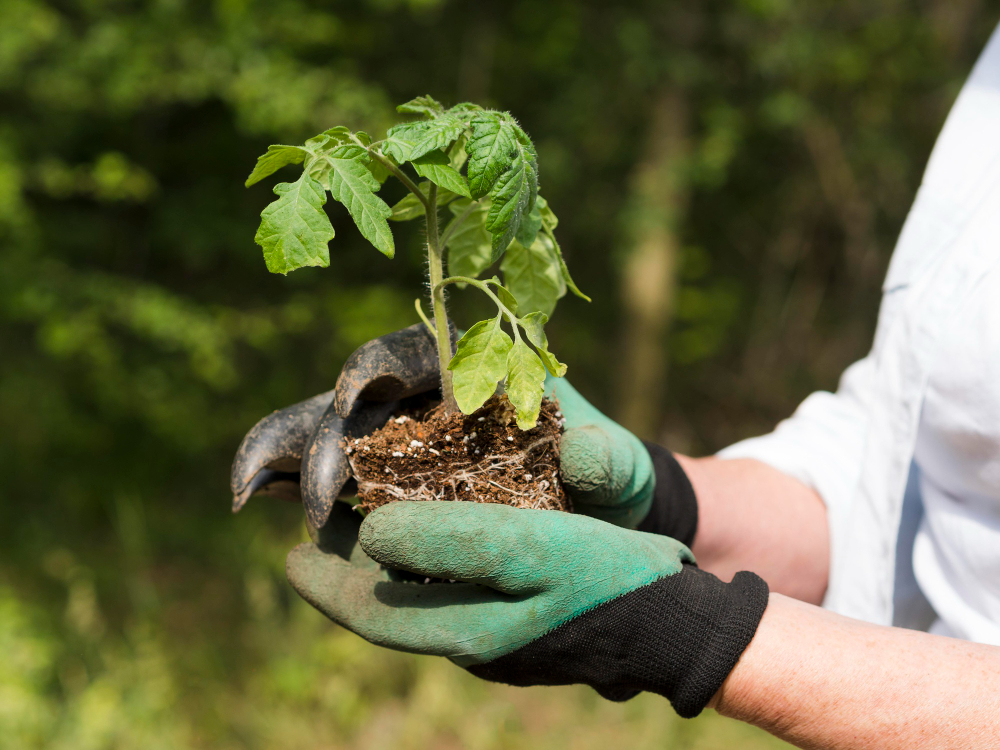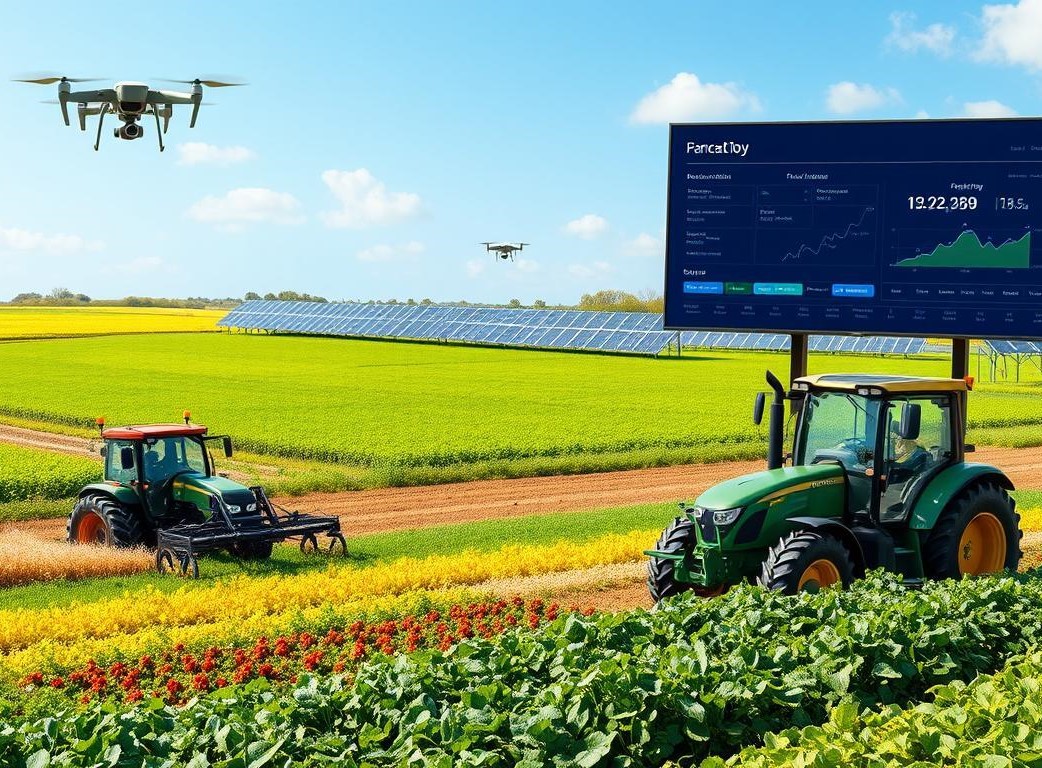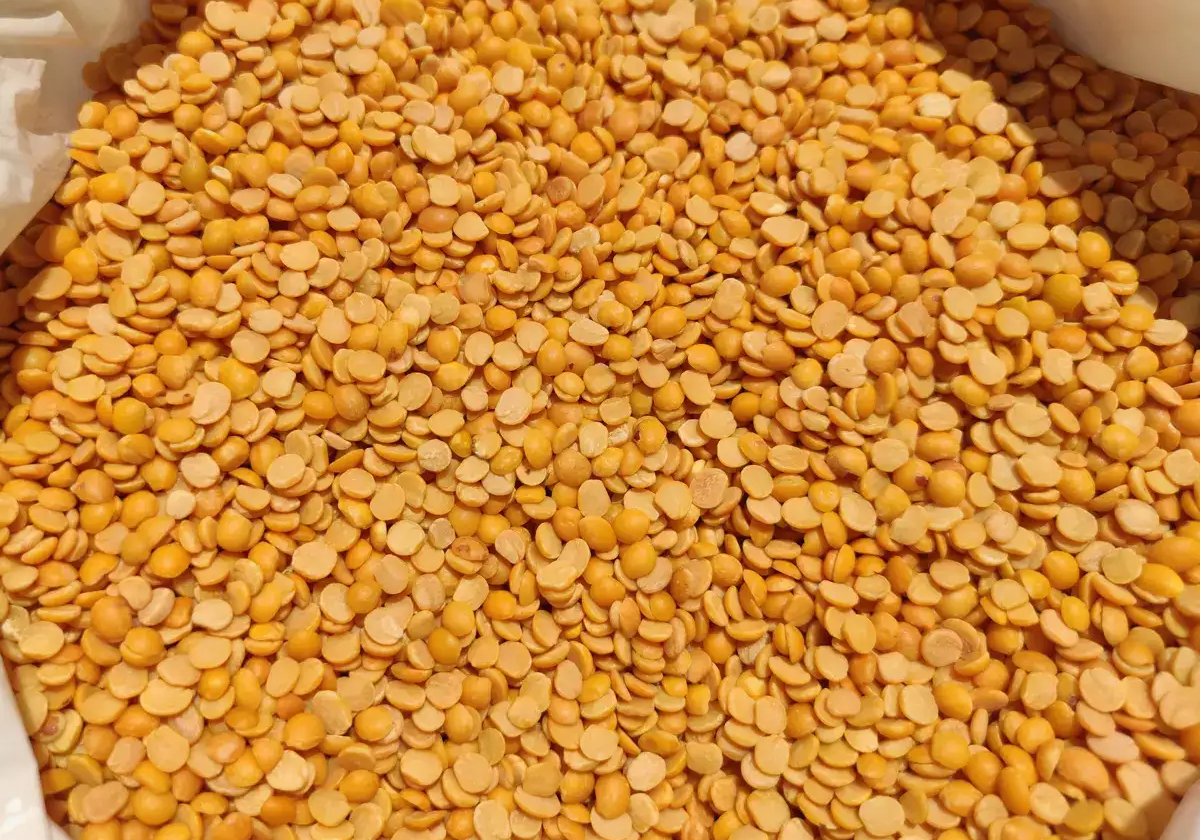Tech cognition among farmers is rising daily and is one of the engines driving the sector ahead, powered by high internet usage and mobile connectivity. The government also plays an active role in developing the agricultural industry by creating incubators, granting assistance, and focusing on public-private collaborations. According to a research report titled “Indian Agriculture: Ripe for Disruption,” the convenient impact of these initiatives is expected to spike the market valuation to US$ 30-35 billion by 2025.
Advanced technologies like Machine Learning, AI, Blockchain, IoT, Remote Sensing & GIS, etc., have given farmers new methods to restructure labor, lower costs, and boost profits.
As we’re moving forward with the agricultural revolution, we can expect these technologies to grow and evolve rapidly with time.
However, here are some key trends we can all look forward to this year and beyond.
- Digital Farming: By using digital tools, farmers can meet consumer demand for transparency to provide buyers with details about the production of their food with its origin. Also, such tools can assist in deciding how, where, and what to grow to maximize yields.
- Auto agricultural machinery: Such machines will enhance harvesting accuracy and decrease crop losses. Farmers can focus on more analytical activities due to autonomic technologies, which will significantly lessen the pressure on human labor.
- Next-Gen Internet Connectivity: With the latest generation of internet connection, farmers will be able to connect more devices and machines in areas where the internet is inaccessible due to a lack of coverage. Even data will be collected from them to acquire real-time insights from farms all across the globe.
- Sustainable Development: Data-driven precision farming tools can detect deficiency of nutrients in a field and alert the growers. They can, hence, treat only the afflicted regions, saving money on fertilizer and reducing the number of unnecessary chemicals in the soil. Such solutions can guide the farmers on what crops to cultivate in which seasons to reduce soil shortage.
- Satellite Imagery: The data from satellites like Sentinel-2, Planet, and the Pleiades facilitates remote sensing and helps farmers engage in precision agriculture. When the information received is combined with on-ground samples, farmers get better insights regarding planning their future activities.
- Inclusion of IoT: It is difficult to manually handle the amount of data collected in the fields and from agricultural equipment. Sensor factories focus on creating ecosystems that will provide consumers (primarily farmers) with a complete IoT experience, including AI and machine learning data analysis.
Conclusion
The Indian agriculture sector is valued at US$ 370 billion. It will likely experience a complete conversion soon with the support of government policies and substantial upgrades in the technology used. Farmers are now more in control of their farms and produce as technology in the agricultural sector has led to radical modifications. More such solutions will pave the way in agriculture, which will indeed embark on our journey towards modernization.








 Connect With Us
Connect With Us